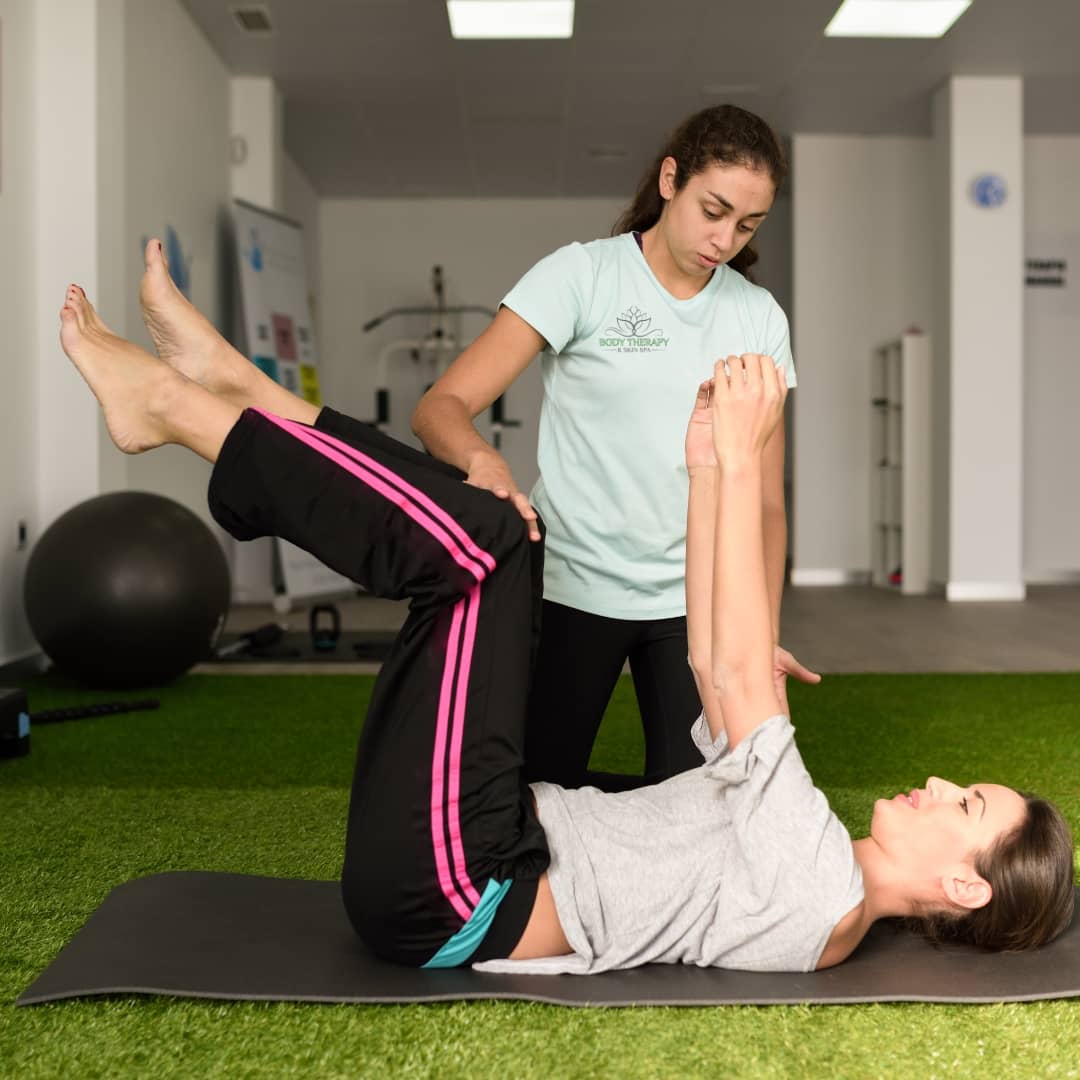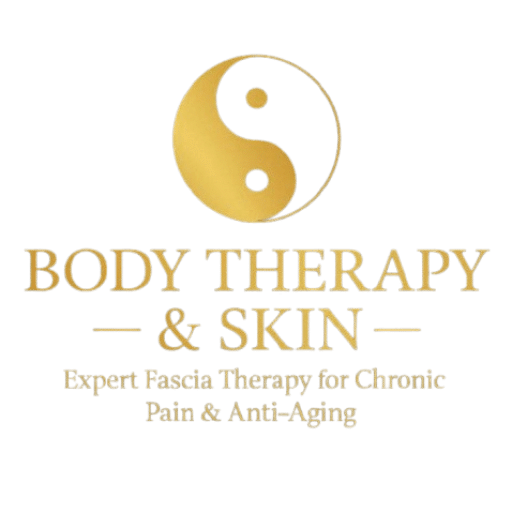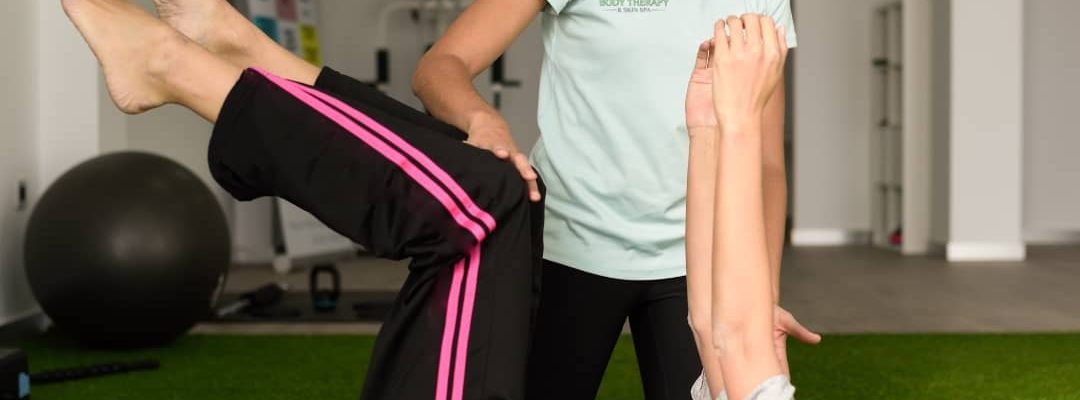Are you looking to improve your flexibility and enhance your overall fitness routine? Assisted stretching can be a valuable addition to your workout regimen. This comprehensive guide will walk you through the process of assisted stretching, providing you with step-by-step instructions and helpful tips along the way.

What is Assisted Stretching?
Assisted stretching is a form of stretching where you receive help or assistance from a partner or a trained professional. Unlike traditional stretching exercises that you perform on your own, assisted stretching involves an external force to facilitate a deeper and more effective stretch.
Why Assisted Stretching is Beneficial
Assisted stretching offers several benefits that can greatly enhance your flexibility and overall physical well-being. Some of the key advantages include:
- Increased Range of Motion: Assisted stretching helps you achieve a greater range of motion by targeting specific muscle groups and allowing for a deeper stretch.
- Improved Flexibility: Regular practice of assisted stretching can gradually improve your flexibility, making daily activities and physical movements easier.
- Injury Prevention: By properly stretching your muscles with assistance, you can reduce the risk of injuries during physical activities or workouts.
- Muscle Recovery: Assisted stretching aids in muscle recovery by promoting blood flow and reducing muscle soreness after intense exercise.
Preparing for Assisted Stretching
Before you embark on an assisted stretching session, it’s essential to prepare your body and mind for the practice. Here are some key steps to follow:
-
- Wear Comfortable Clothing: Opt for loose-fitting clothing that allows you to move freely during the stretching session.
- Find a Suitable Partner or Professional: Look for a partner who is knowledgeable about assisted stretching techniques or consider seeking assistance from a trained professional.
- Warm-Up: Prior to assisted stretching, engage in a light warm-up routine to increase blood flow to the muscles and prepare them for stretching.
Essential Equipment for Assisted Stretching
While assisted stretching primarily relies on a partner or professional, certain equipment can enhance the effectiveness of the stretches. Consider the following equipment options:
-
-
- Yoga Mat: Provides cushioning and support for floor-based stretching exercises.
- Resistance Bands: Aid in achieving a deeper stretch by providing additional resistance and support.
- Foam Roller: Helps release muscle tension and promote flexibility before and after stretching sessions.
- Yoga Blocks: Assist in maintaining proper alignment and stability during certain stretching poses.
- Towels or Straps: Can be used to support limbs or assist in stretching hard-to-reach areas.
-
The Basic Assisted Stretching Techniques
The following are some fundamental assisted stretching techniques that target major muscle groups. Remember to communicate with your partner or professional throughout the stretches to ensure a safe and effective session.
Partner-Assisted Hamstring Stretch
- Sit on the floor with your legs extended in front of you.
- Your partner sits behind you, gently holding your ankles.
- Slowly lean forward while keeping your back straight.
- Your partner should provide a gentle pull on your ankles, assisting you in achieving a deeper hamstring stretch.
- Hold the stretch for 20-30 seconds and repeat on the other leg.
Partner-Assisted Quadriceps Stretch
- Stand facing your partner, holding onto their shoulder or forearm for balance.
- Bend one knee and bring your foot towards your glutes.
- Your partner gently holds your ankle and assists in pulling your foot closer to your glutes.
- Keep your knees close together and maintain an upright posture.
- Hold the stretch for 20-30 seconds and switch to the other leg.
Partner-Assisted Shoulder Stretch
- Stand tall with your feet shoulder-width apart.
- Extend one arm across your chest, keeping it straight.
- Your partner stands behind you and holds the extended arm at the elbow.
- They gently pull the arm towards the opposite side, creating a stretch in the shoulder.
- Hold the stretch for 20-30 seconds and repeat on the other side.
Partner-Assisted Chest Stretch
- Stand with your back against a wall or in an open space.
- Your partner stands facing you and holds their forearms against the wall or grabs your wrists.
- Slowly lean forward, feeling the stretch in your chest and shoulders.
- Maintain a relaxed posture and avoid hunching your shoulders.
- Hold the stretch for 20-30 seconds, focusing on deep breaths.
Partner-Assisted Back Stretch
- Lie down on your back with your knees bent and feet flat on the floor.
- Your partner stands at your feet and gently holds your ankles.
- Slowly bring your knees towards your chest, feeling the stretch in your lower back.
- Your partner provides a gentle pull on your ankles, assisting in deepening the stretch.
- Hold the stretch for 20-30 seconds, maintaining a relaxed position.
Partner-Assisted Calf Stretch
- Stand facing a wall or sturdy support, placing both hands on the wall at shoulder height.
- Extend one leg straight behind you, keeping your heel on the ground.
- Your partner stands behind you and gently pushes your extended leg towards the wall, stretching your calf muscles.
- Maintain an upright posture and avoid leaning forward.
- Hold the stretch for 20-30 seconds and switch to the other leg.
Partner-Assisted Hip Flexor Stretch
- Kneel on one knee, with the other foot flat on the ground in front of you.
- Your partner stands in front of you and places one hand on your lower back for stability.
- Slowly lean forward, shifting your weight onto the front foot, feeling the stretch in the hip flexor of the kneeling leg.
- Maintain an upright posture and avoid arching your lower back.
- Hold the stretch for 20-30 seconds and repeat on the other leg.
Partner-Assisted Groin Stretch
- Sit on the floor with your back straight and legs extended in a wide “V” shape.
- Your partner sits facing you, placing the soles of their feet against yours.
- Gently hold each other’s hands for support.
- Slowly lean forward, feeling the stretch in your inner thighs and groin.
- Maintain a relaxed posture and avoid rounding your back.
- Hold the stretch for 20-30 seconds, focusing on deep breaths.
Partner-Assisted Triceps Stretch
- Stand tall with your feet shoulder-width apart.
- Extend one arm overhead, bending it at the elbow.
- Your partner stands behind you, reaching over your head and placing their hand on your bent elbow.
- They gently pull your elbow towards their side, creating a stretch in the triceps.
- Maintain an upright posture and avoid straining your neck.
- Hold the stretch for 20-30 seconds and repeat on the other side.
Partner-Assisted Biceps Stretch
- Stand tall with your feet shoulder-width apart.
- Extend one arm forward, parallel to the ground, with your palm facing up.
- Your partner stands facing you, placing their hand on your wrist.
- They gently push your wrist downward, creating a stretch in the biceps.
- Maintain an upright posture and avoid arching your back.
- Hold the stretch for 20-30 seconds and repeat on the other side.
Partner-Assisted Glute Stretch
- Lie on your back with your knees bent and feet flat on the floor.
- Cross one ankle over the opposite knee, creating a figure-four shape.
- Your partner stands beside you and gently pushes the crossed knee away from your body, stretching the glute muscles.
- Keep your head and shoulders relaxed on the ground.
- Hold the stretch for 20-30 seconds and switch to the other side.
Partner-Assisted IT Band Stretch
- Stand tall with your feet hip-width apart.
- Cross one leg behind the other, placing your hand on sturdy support for balance.
- Your partner stands beside you and places one hand on your hip.
- Slowly lean away from the support, feeling the stretch along the outer side of the crossed leg.
- Maintain an upright posture and avoid leaning forward.
- Hold the stretch for 20-30 seconds and repeat on the other side.
Advanced Assisted Stretching Techniques
In addition to the basic techniques mentioned above, there are advanced assisted stretching methods that can further enhance your flexibility and range of motion. Here are a few examples:
PNF (Proprioceptive Neuromuscular Facilitation)
PNF stretching involves a combination of stretching and contracting muscles to achieve a deeper stretch. It typically requires a partner or professional to assist with the technique. The process involves:
- Stretching the target muscle group to its maximum range.
- Contracting the stretched muscle against resistance (e.g., pushing against your partner’s hand) for a few seconds.
- Relax the muscle and allow your partner to passively stretch it further.
- Repeat the process for several rounds, gradually increasing the stretch with each cycle.
PNF stretching can be highly effective in increasing flexibility and improving muscle strength.
Active-Isolated Stretching
Active-isolated stretching involves actively contracting one muscle group while stretching the opposing muscle group. This technique helps improve muscle elasticity and range of motion. It’s important to perform active-isolated stretching in a controlled manner and avoid pushing beyond your comfort zone. Some examples include:
- Active Hamstring Stretch: Lie on your back and use a strap or towel to lift one leg towards your chest. Contract your hamstring muscles by pressing your leg against the strap for a few seconds, then release and gently deepen the stretch.
- Active Quadriceps Stretch: Stand upright, holding onto sturdy support for balance. Bend one knee, bringing your foot towards your glutes. Contract your quadriceps muscles by pressing your foot against your hand for a few seconds, then release and deepen the stretch.
Resistance Band Assisted Stretching
Resistance bands can be incorporated into assisted stretching to provide additional resistance and assist with deeper stretches. They are especially useful for targeting specific muscle groups. Here’s an example:
Resistance Band Hamstring Stretch: Loop a resistance band around your foot and lie on your back. Extend your leg towards the ceiling, holding onto the band with both hands. Gently pull the band towards you, feeling the stretch in your hamstring muscles. Hold for 20-30 seconds and repeat on the other leg.
Ballistic Stretching
Ballistic stretching involves performing quick and repetitive bouncing movements within the stretch. It aims to improve dynamic flexibility and muscle elasticity. However, it’s important to use caution and avoid bouncing too forcefully to prevent injury. An example of ballistic stretching is:
Ballistic Quadriceps Stretch: Stand upright, holding onto support for balance. Bend one knee, bringing your foot towards your glutes. Perform small and controlled bouncing movements within the stretch, feeling the quadriceps muscles dynamically stretch and relax.
Thai Yoga Stretching
Thai yoga stretching combines assisted stretching with yoga-inspired movements. It involves a partner or professional guiding you through a series of stretches while applying gentle pressure. Thai yoga stretching helps improve flexibility, release tension, and promote relaxation. It’s typically performed on a mat or padded surface.
Tips for a Safe and Effective Assisted Stretching Session
To maximize the benefits of assisted stretching and ensure a safe session, consider the following tips:
Communication and Trust
Maintain open communication with your partner or professional throughout the stretching session. Communicate your comfort level and any pain or discomfort you may experience, and provide feedback on the intensity of the stretch. Trust and clear communication are essential for a successful assisted stretching session.
Breathing Techniques
Focus on deep breathing during assisted stretching. Inhale deeply before each stretch and exhale slowly as you deepen the stretch. Proper breathing promotes relaxation, helps release tension, and enhances the effectiveness of the stretches.
Gradual Progression
Start with gentle stretches and gradually progress to more advanced techniques over time. Avoid pushing yourself too hard or forcing a stretch beyond your comfort zone. Listen to your body and respect its limits to prevent injuries.
Proper Body Alignment
Maintain proper body alignment during assisted stretching. Pay attention to your posture and ensure that your movements are controlled and aligned. Avoid hunching your shoulders, arching your back excessively, or putting strain on your joints.
Consistency and Frequency
Consistency is key to achieving optimal results from assisted stretching. Incorporate stretching into your regular fitness routine and aim for regular sessions. Depending on your goals and fitness level, 2-3 sessions per week can be beneficial.
Conclusion
Assisted stretching is a valuable practice for improving flexibility, enhancing athletic performance, and promoting overall well-being. By following the step-by-step guide and incorporating the various stretching techniques, you can unlock your body’s potential and experience the numerous benefits of assisted stretching.
Remember to approach assisted stretching with patience, communicate effectively with your partner or professional, and always prioritize safety and proper technique. Regular practice and dedication will help you reap the rewards of a flexible and functional body.
FAQs (Frequently Asked Questions)
Can anyone perform assisted stretching?
Yes, assisted stretching is suitable for individuals of various fitness levels and backgrounds. However, if you have any pre-existing medical conditions or injuries, it’s important to consult with a healthcare professional before engaging in assisted stretching.
How long should I hold each stretch during an assisted stretching session?
It’s generally recommended to hold each stretch for 20-30 seconds. This duration allows your muscles to gradually relax and adapt to the stretch. However, listen to your body and adjust the duration based on your comfort level.
Is assisted stretching only beneficial for athletes?
No, assisted stretching is beneficial for everyone, not just athletes. It can help improve flexibility, posture, range of motion, and overall mobility. Additionally, assisted stretching promotes relaxation and reduces muscle tension, making it beneficial for individuals with sedentary lifestyles or those looking to alleviate muscular discomfort.
Can I perform assisted stretching on my own?
While some stretching techniques can be done individually, many assisted stretching techniques require a partner or professional to assist. The presence of a knowledgeable partner ensures proper technique, safety, and effectiveness of the stretches.
Can assisted stretching help with injury prevention?
Yes, assisted stretching can aid in injury prevention by improving flexibility, enhancing muscle balance, and reducing muscle imbalances or tightness. However, it’s important to approach stretching with caution and not force any movements that cause pain or discomfort. If you have specific concerns regarding injury prevention, consult with a healthcare professional or certified stretching specialist.


